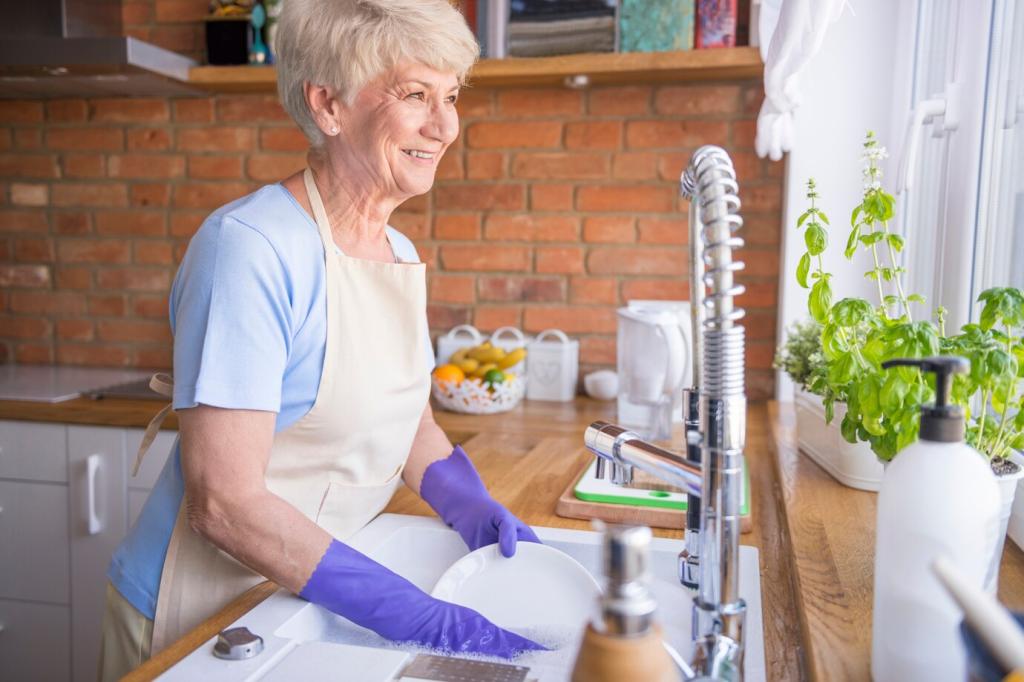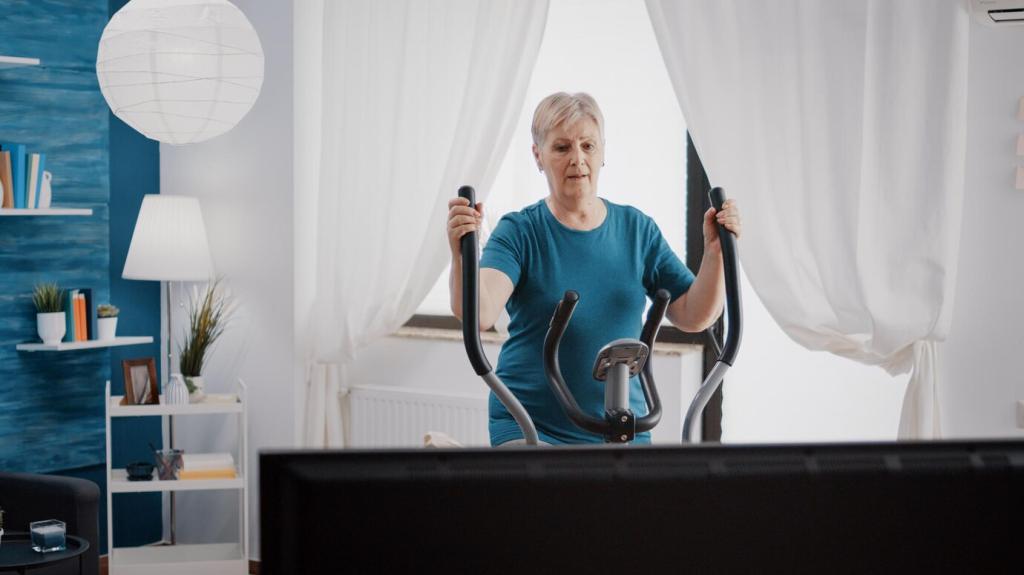Tough Offenders: Wine, Ink, and Pet Accidents by Material
Blot immediately, then heap salt to draw pigment upward. Add a splash of soda water and keep blotting with fresh cloths. Follow with diluted dish soap, then a clear-water rinse cloth. Dry thoroughly to prevent rings. Share your results; we love celebrating saved cushions and learning from close calls.
Tough Offenders: Wine, Ink, and Pet Accidents by Material
Test first. For pigmented leather, a barely damp alcohol swab can lift fresh ink, but overuse may dull the finish. Work gently, stop at first color transfer, and follow with a suitable conditioner. For aniline leather, consult a pro. Tell us the ink type—gel, ballpoint, marker—to improve your odds.






